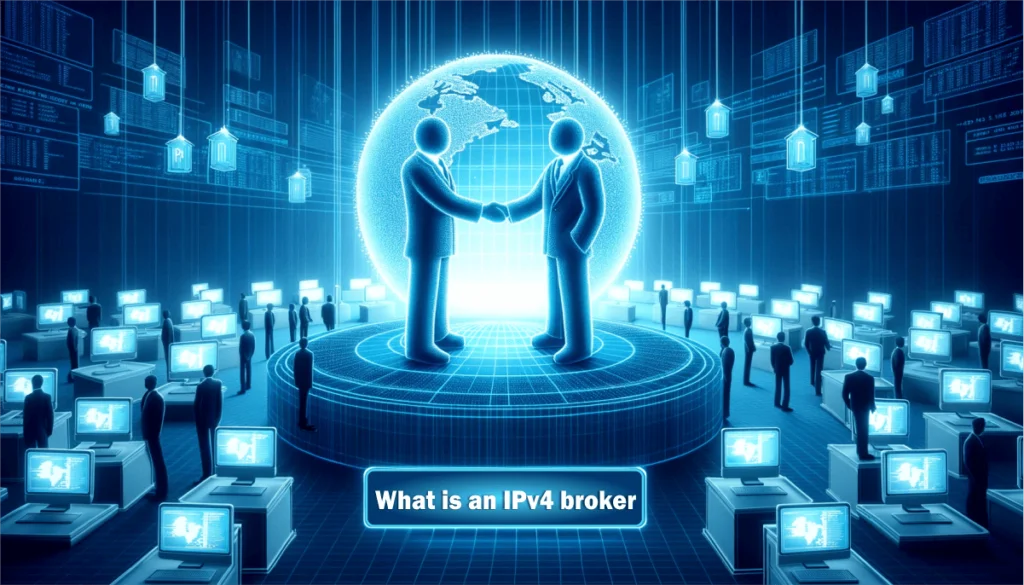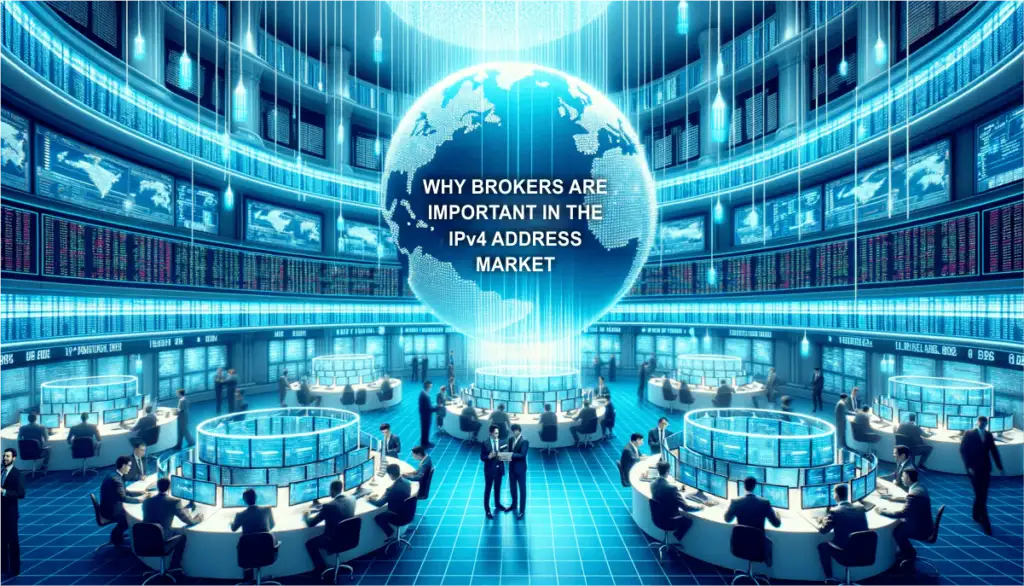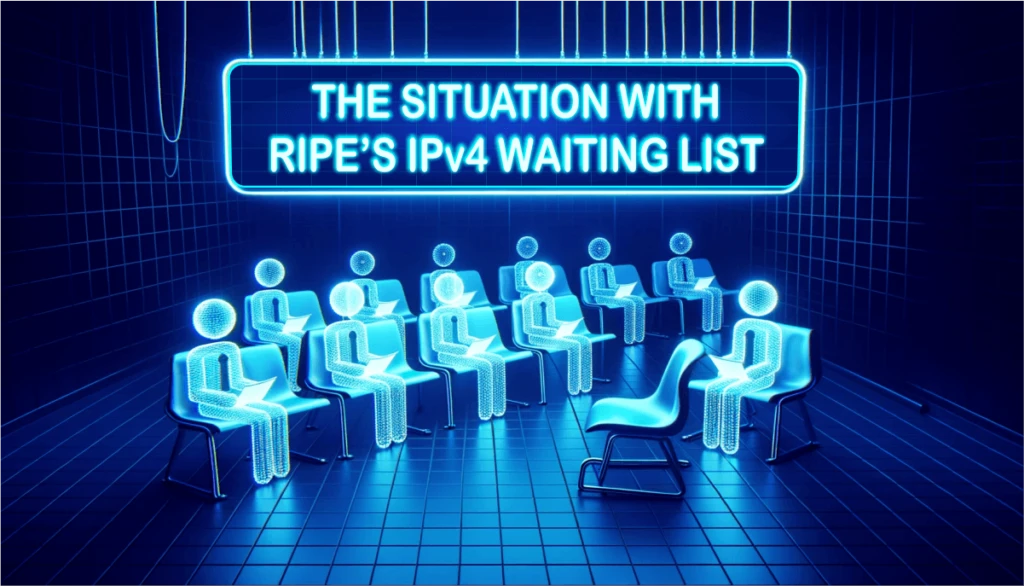Table of Contents
IPv4 addresses are limited in number, with a total of approximately 4.3 billion addresses.
This about this: humans number just over 8 billion at present. When we compare this with the limited number of around 4.3 billion IPv4 addresses, it becomes evident that these addresses are crucially scarce resources in the digital age. But, you might think, can’t we just create more IPv4 addresses? Unfortunately, no. The structure of an IPv4 address allows for only this fixed amount, creating a finite resource.
How is the price of IPv4 addresses determined?
You might be wondering, why is there such a premium on IPv4 addresses? Why do these virtual commodities command such a high price in the market? Here’s a rundown of the reasons that contribute to the soaring costs of IPv4 addresses:
The reason behind the high price lies in the fundamentals of economics- supply and demand. Let’s break this down. As the internet expands and more devices need to connect to it, the demand for IPv4 addresses increases. However, the supply remains fixed. This imbalance drives the price up.
In addition, the process of obtaining an IPv4 address isn’t as straightforward as one might hope. It’s not simply about buying — it’s about transfers. Acquiring these addresses often requires navigating through complex policies and regulations determined by the Internet Assigned Numbers Authority and regional Internet registries.
In reality, it’s akin to a digital real estate transaction. Just as you’d need a broker for property buying, there are also IPv4 brokers who aid in this painstaking process. These experts have extensive knowledge of the policies and guidelines associated with IPv4 deals.
Furthermore, slow adoption rates of IPv6, the more abundant and efficient successor of IPv4, keep the demand for IPv4 addresses surprisingly high. Many enterprises are still reluctant to make the switch due to the potential disruption it could cause to their operations.
Finally, there is an element of speculation involved. With demand exceeding supply, some entities choose to acquire IPv4 addresses not out of immediate necessity, but with the hope of selling them off in the future at a higher profit margin. This speculative buying contributes to the rise in cost as well.
Why is there a need for IPv4 addresses when IPv6 addresses are available?
You might be wondering, “If IPv6 addresses are more abundant and advanced, why do we even need IPv4 addresses?” You’re not alone in this line of thinking, but the reality isn’t quite so straightforward. To put it in perspective, let’s consider some key factors.
Compatibility Issues
The first and perhaps most significant reason is compatibility. Most internet-enabled devices and services today are still primarily designed to use IPv4. This means they may not be compatible with IPv6 or may not work as well when using IPv6 addresses. The gradual transition from IPv4 to IPv6 can be likened to replacing the wheels on a moving car – it’s not something that can be done instantly without causing a significant disruption to current activities.
Legacy Systems
Apart from compatibility issues, legacy systems also play a considerable role in the high demand for IPv4 addresses. Many organizations, particularly larger ones with well-established IT infrastructures, run on legacy systems long before IPv6 was even introduced. Upgrading these systems to support IPv6 not only involves significant financial outlay but also disrupts the functioning of their networks, making the transition a complex and unattractive option.
Migrating to IPv6
The switch to IPv6 is not merely a numerical change; it embodies a significant architectural change. Organizations consequently need to invest a considerable amount of time and resources into understanding this new protocol and learning how to implement it securely and efficiently. For many, particularly smaller entities, it’s arguably more practical and cost-effective to continue using IPv4 addresses in the short to middle-term.
In summary, while the adoption of IPv6 is certainly on the rise, the transition isn’t happening overnight. Until the majority of systems and services have migrated fully to IPv6, there’ll continue to be a strong need – and correspondingly high prices – for IPv4 addresses.
Can the cost of IPv4 addresses decrease in the future?
You might be wondering, “Can the soaring cost of IPv4 addresses ever decrease in the future?” Well, let’s dive into some factors that could contribute to a potential decrease.
First off, the higher adoption of IPv6 could potentially trigger a decrease in the demand, hence the price, of IPv4 addresses. IPv6 adoption is making slow but steady progress. As more systems switch to IPv6, the need for IPv4 addresses may start to decline, leading to a potential drop in their price. But keep in mind, the IPv6 uptake process is a marathon, not a sprint. Effects on IPv4 prices could take a while to materialize.
In another scenario, a technical breakthrough aimed at expanding or reusing the existing IPv4 address pool could make IPv4 addresses more plentiful. Innovations such as NAT (Network Address Translation) have somewhat extended the lifespan of IPv4 in the past, so future technological advancements in this area can’t be ruled out.
So, in a nutshell, while it’s possible for the IPv4 address costs to decrease in the future, the chances right now appear slim based on current trends and factors.
Regardless of market trends, it’s crystal clear that IPv4 addresses remain a premium commodity. Their value continues to be high, reflecting their crucial role in today’s digital world.
What are the alternatives to purchasing expensive IPv4 addresses?
Given the high-cost of acquiring IPv4 addresses, let’s explore some appealing and cost-effective alternatives at your disposal, shall we?
Leasing IPv4 Addresses: One immediate, budget-friendly option is to lease IPv4 addresses rather than owning them outright. Several companies provide leasing services which allow organizations to rent the required IP address for a specified period. This way, you manage to meet your needs whilst keeping overheads to a minimum.
Shared Hosting: If your web entity isn’t massive, shared hosting is a consideration worth your while. In this scenario, multiple websites share a single IP address, thereby lessening individual costs. As a caution, be aware that shared hosting can have its downsides, including potential blacklisting if another site on your shared IP engages in unsportsmanlike, shall we say, “online behavior”.
IPv6 Adoption: Though previously discussed, this alternative presumably needs reiteration. While transitioning to IPv6 may pose challenges in the short run, the long-term cost benefits and practically infinite address space looks set to make it the IP standard of the future. Early adoption might just provide your organization with a competitive edge.
In conclusion, while the soaring price tag attached to IPv4 addresses might initially seem intimidating, these alternatives provide more than enough wiggle room. It’s always important to consider your organization’s individual needs before making a decision. Remember, a well-informed choice today sets the stage for a technologically secure tomorrow.





